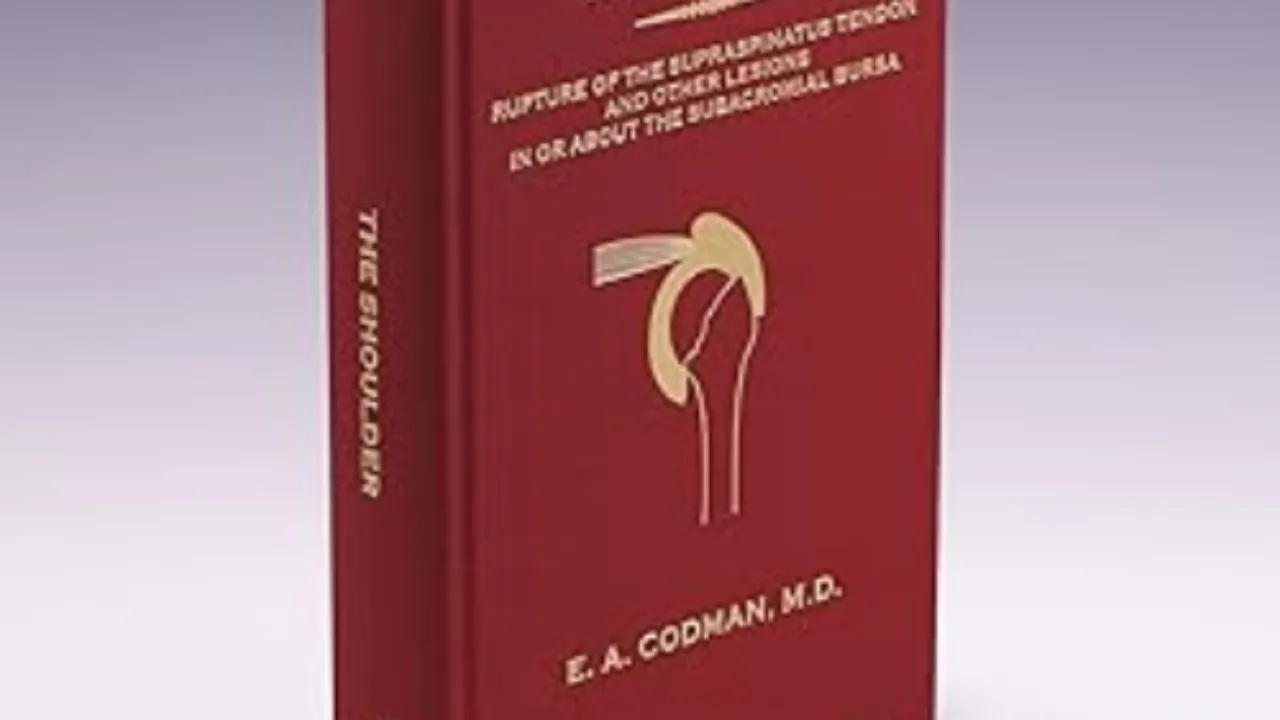Adhesive Capsulitis: Historical Definitions

Shoulder stiffness is a general term encompassing a spectrum of pathology. The first recorded description of a stiff shoulder was reported by Duplay2 in 1872 in his description of a ‘scapulohumeral periarthritis.’
Codman3 was the first to use the term ‘frozen shoulder’ in 1934 to describe a clinical pattern of muscle spasms and glenohumeral stiffness. He described the common features of:
“...a slow onset of pain felt near the insertion of the deltoid muscle, inability to sleep on the affected side, and restriction in both active and passive elevation and external rotation, yet with a normal radiological appearance.”3
Neviaser was the first to use the term adhesive capsulitis.8 He described it as a:
“chronic inflammatory process involving the capsule of the shoulder causing a thickening and contracture of this structure which secondarily becomes adherent to the humeral head.”
These definitions are not so accurate today as they describe both the idiopathic frozen shoulder as well as shoulder stiffness related to other causes such as trauma. These are now considered separate entities and this definition is probably no longer appropriate.
Getting closer to the current entity of an adhesive capsulitis, in The British Medical Journal Charnley1 described the unique pathology that:
“...does not appear to affect joints other than the shoulder. It is a constant source of amazement that a ' frozen shoulder,' presenting as a virtually complete ankylosis, can spontaneously ' thaw' and leave a completely normal joint. This is all the more astonishing because it is usually an isolated incident in the life of a patient who appears to be perfectly healthy and who continues to remain healthy.”1
Many patients that get a frozen shoulder are otherwise completely healthy.
However, we now know that many of the patients are not completely healthy, with certain associated conditions such as diabetes and thyroid disorders.4,5
The term frozen shoulder is now used to describe the idiopathic condition. The American Academy of Orthopaedic Surgeons (AAOS) Clinical Guideline on Shoulder Pain6 defined the frozen shoulder (adhesive capsulitis) as:
“...a condition of uncertain etiology characterized by significant restriction of both active and passive shoulder motion that occurs in the absence of another known intrinsic shoulder disorder.”6
References
- Charnley JPeriarthritis of the ShoulderPostgraduate Medical Journal 1959;35:384-388.
- Duplay E. De la periarthrite scapulo-humérale et des raideurs de l`épaule qui en sont la conséquence. Arch Gen Med. 1872;20:513–542.
- Codman EA. Tendinitis of the Short Rotators. In: The Shoulder: Rupture of the Supraspinatus Tendon and Other Lesions in or about the Subacromial Bursa. Boston MA: Thomas Todd; 1934.
- Cohen C, Tortato S, Silva OBS, Leal MF, Ejnisman B, Faloppa F. Association between Frozen Shoulder and Thyroid Diseases: Strengthening the Evidences. Rev Bras Ortop (Sao Paulo). 2020;55(4):483-489. doi:10.1055/s-0039-3402476
- Zreik NH, Malik RA, Charalambous CP. Adhesive capsulitis of the shoulder and diabetes: a meta-analysis of prevalence. Muscles Ligaments Tendons J. 2016;6(1):26-34. Published 2016 May 19. doi:10.11138/mltj/2016.6.1.026
- American Academy of Orthopaedic Surgeons. AAOS clinical guideline on shoulder pain: support document. Rosemont (IL): American Academy of Orthopaedic Surgeons; 2001.
- Neviaser AS, Neviaser RJ. Adhesive capsulitis of the shoulder. J Am Acad Orthop Surg. 2011 Sep;19(9):536-42. doi: 10.5435/00124635-201109000-00004. PMID: 21885699.
- Neviaser JS. Adhesive capsulitis of the shoulder: a study of the pathological findings in periarthritis of the shoulder. J Bone Joint Surg 1945; 27: 211–222.
